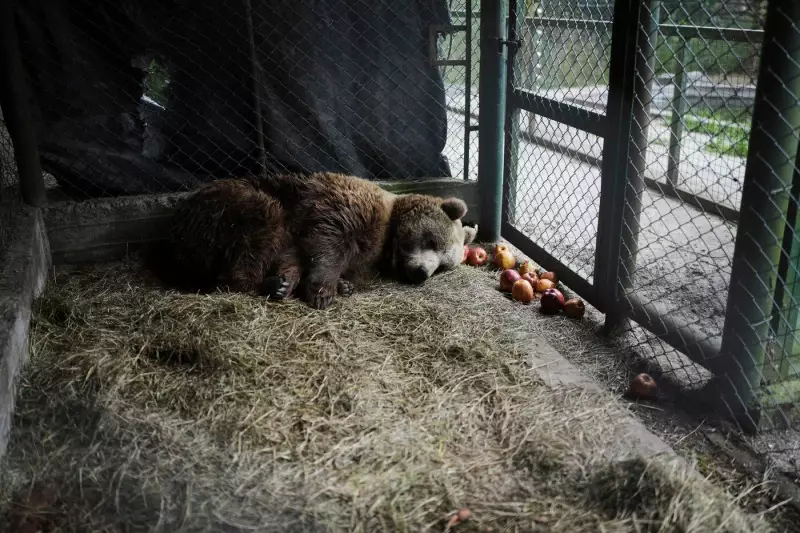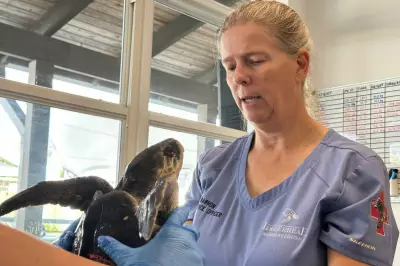
In a dramatic turnaround for hundreds of neglected creatures, Argentina's infamous Luján Zoo is finally emptying its cages years after its controversial closure. What began as a tourist attraction notorious for animal mistreatment has become the center of one of South America's most ambitious wildlife rescue missions.
The Legacy of Suffering
For decades, the Luján Zoo operated as a prime example of everything wrong with traditional zoological parks. Visitors could pose for photographs with drugged tigers, ride elephants, and interact with other sedated exotic animals. The facility became synonymous with animal exploitation until public pressure and changing attitudes forced its shutdown.
"The conditions were deplorable," reported animal rights activists who had campaigned for years against the zoo's practices. "These animals lived in cramped, inadequate enclosures with little enrichment or proper care."
The Long Road to Freedom
When the zoo finally closed its gates to the public, the animals remained trapped in limbo. Local authorities struggled to find appropriate placement for the diverse collection of species, ranging from majestic big cats to primates and exotic birds.
Now, an international coalition of animal welfare organizations has mobilized to coordinate what experts are calling one of the most complex rescue operations in recent memory. The mission involves:
- Medical evaluations and rehabilitation for each animal
- Construction of custom transport containers
- Coordination with sanctuaries across multiple countries
- Specialized veterinary care during transportation
- Habitat preparation at receiving facilities
A New Beginning
The rescue effort represents more than just moving animals from one location to another. Each creature undergoes extensive rehabilitation to recover from psychological trauma and physical ailments developed during their captivity.
"Many of these animals have never experienced natural environments," explained a veterinarian involved in the project. "We're seeing remarkable transformations as they discover grass under their feet, proper social structures, and the freedom to express natural behaviors."
Big cats that once paced neurotically in concrete enclosures now explore spacious habitats. Primates separated for years are forming social groups. Birds that never properly flew are strengthening their wings in flight cages.
Broader Implications for Animal Welfare
This massive undertaking sends a powerful message about evolving attitudes toward wildlife conservation and animal rights in South America. The rescue operation has sparked conversations about:
- The future of traditional zoological parks
- Ethical wildlife tourism standards
- Government responsibility for abandoned animals
- International cooperation in animal welfare
The successful relocation of these animals marks a significant victory for animal rights advocates and sets a precedent for similar situations worldwide. As the last animals prepare to leave the derelict zoo grounds, their journey symbolizes hope for countless other creatures still waiting for their own second chance at life.





